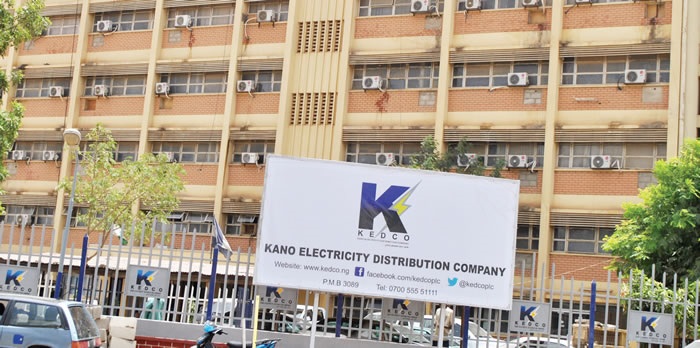Nigeria’s Central Bank has instructed banks to submit comprehensive Capital Restoration Plans by 14 July 2025, formally ending financial relief measures that were introduced to cushion the sector during the COVID-19 pandemic.
In an official circular dated 20 June 2025, signed by Director of Banking Supervision Dr Olubukola Akinwunmi, the CBN set out a clear timeline: banks identified with capital deficits must produce plans within 10 working days from the end of Q2, which is 30 June 2025.
Effective the same date, the CBN confirmed the termination of pandemic-era waivers on Single Obligor Limits (SOL) and other regulatory forbearance. All banks must ensure their credit exposures fully comply with existing prudential rules.
As part of transitional arrangements, the CBN is temporarily waiving the standard one-year retention rule on fully provisioned loans that benefitted from pandemic relief, allowing banks to write them off immediately. This measure aims to lower non-performing loan ratios.
In a further step to reinforce the sector’s capital base, the regulator has lifted caps on recognising Additional Tier 1 (AT1) capital in CAR calculations between 30 June 2025 and 31 March 2026. The CBN emphasised that this adjustment is only temporary and does not replace the broader recapitalisation initiative announced in March 2024.
Other pandemic-era restrictions, such as suspending dividend payments, director bonuses, and foreign investments, remain in effect until banks reach full regulatory compliance.
To enhance transparency, banks must also submit quarterly disclosures from the end of June 2025 onwards. These include updates on credit exposures, detailed provisioning, CAR calculations, and full details on AT1 capital instruments.
Submissions must be sent to the Director of Banking Supervision within 10 working days of each quarter’s close, making the first deadline 14 July 2025.
According to the CBN, the required Capital Restoration Plans should detail strategies such as operational cost reduction, targeted risk asset cuts, significant risk transfers, and adjustments to business models. Each plan will be reviewed by regulators and will guide continued supervision until the banks restore adequate capital and asset quality standards.





